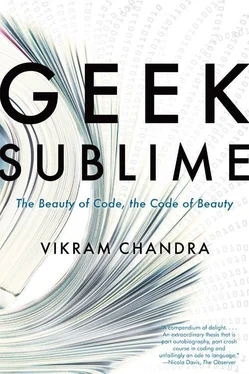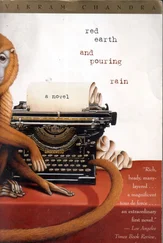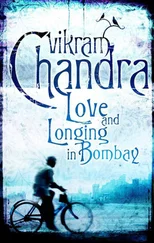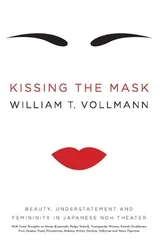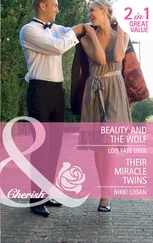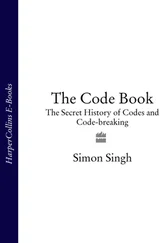The DNA print shop will send back several vials of “frozen plasmid DNA,” which you will then inject into a host bacterial cell, causing this cell to “boot up” using the DNA code you’ve created. The cell will metabolize, grow, and reproduce. Congratulations — you have just created a new form of life.
Synthetic biology is “currently advancing at 5 times the speed of Moore’s Law.” 11The cost of synbio is falling exponentially, and the tools are already so easy to use that schoolchildren can wield them effectively. In 2012, the high-school division of the annual International Genetically Engineered Machine competition was won by a team of teenagers from Heidelberg. 12Their winning entry was “a new biological system in E. coli that reacts quantitatively to UV radiation.” Their planned application for their engineered E. coli is “small tubes filled with bacterial suspension and integrated into trendy necklaces and bracelets.” That is, jewelry that changes color in response to changing doses of ultraviolet radiation. 13
The possibilities of programmed biology are awesome and terrifying: engineered T-cells that kill cancer but avoid the generalized depredations of chemotherapy; assassin viruses that leap harmlessly from person to person until they find their DNA-profiled target and cause a quick death; a terrorist cooking up a species-killing weapon in his garage. Bioluminescent trees that glow in the dark, providing lighting for city streets. 14DNA hard drives — rewritable data-storage systems that can store information within cells. 15Bioengineered plants that “produce plastic exactly in a desired shape, from a drinking cup to a house.” 16
And yes, engineered humans immune to disease, capable of recalling every fleeting experience like Funes the Memorious, no longer just homo sapiens but transformed by imported bits from other species. “The interspecies barrier is falling as fast as the Berlin Wall did in 1989,” George M. Church writes in his book Regenesis: How Synthetic Biology Will Reinvent Nature and Ourselves.
Not just occasional horizontal transfer but massive and intentional exchange — there is a global marketplace for genes. Not the isolating effect of islands or valleys resulting in genetic drift and xenophobia, but a growing addiction to foreign gene products, for example, humans “mating” with wormwood for antimalarial drug precursor artemisinin, and with Clostridium for Botox. 17
If you think that all this sounds comfortably science-fiction-like and distant, take a moment to consider how you might have reacted in 1985 if someone had told you that within your own lifetime, you would carry a Cray 2 supercomputer in your pocket, as would farmers in rural India. Synbio is here, and bio-hackers and programmers will change you and your environment much sooner than you think.
The effects of code will spill out from the compiler; its vyanjana or suggestiveness will echo through the world and the human body. Undoubtedly, artists will — and already do — arrange this suggestion to manifest dhvani and rasa. The question, really, is not whether code can be art; as Bhatta Nayaka — a tenth-century theorist — put it:
Scripture is distinguished by its dependence on the primacy of the wording [that is, the Veda is more important for how it says than what it says, and it can therefore never be rephrased]. Historical narrative, for its part, is a matter of factual meaning [that is, what it says is more important than how it says it, and can be rephrased multiply]. When both these, wording and meaning, are subordinate, and the aesthetic process itself has primacy, we call it literature. 18
If an artist can manipulate our attention to code so that “the aesthetic process itself has primacy,” code becomes art. Recent filmic visualizations of cyberspace — William Gibson’s “mass consensual hallucination”—as networks of embodied logic gates and circuits begin to demonstrate how code can be manifested, how code can itself become the object of perception and therefore, perhaps, of savoring.
The more difficult and intricate problem, it seems to me, is understanding the self that will be paying attention to the embodied code. In the analyses of the classical Indian theorists, a model of the self is produced: this self is limited, bounded, local, but also diffused through the entire universe; it has boundaries, but those boundaries are porous, and can allow inflows from without; it has stability but is also capable of submergence and emergence; it dies but reappears; it forgets but has endless stores of latent memories; it is itself but has been everything else.
What is the nature of the self that codes and is coded itself, which resides in a biology transformed by code? How will it allow inflows across its borders? When will this self be limited, and how will it be diffused or expanded? What will be the distance this self adopts in relation to the objects of its cognition? When and how will its perceptions undergo sadharanikarana or generalization? Under what circumstances will it feel personally attached to emotions generated by external stimuli?
The Tantric systems promised profound transformations of outlook, and also siddhi s, superpowers that allowed control over nature itself, over biology and physics: the ability to reduce one’s body to the size of an atom, or to an infinitely large size; the ability to appear simultaneously in more than one place, or to move through space; the power to subjugate all. This was possible because reality itself was encoded in a primal, eternal language, in the alphabet of Sanskrit, in its matrka , the mothers of the universe. With Tantric mantras, strings of phonemes that emerged from the “pre-cognitive, pre-linguistic, and pre-discursive layers” of the self, the practitioner could change himself and the world. 19
In one of the Tantric visualizations used during meditation, the practitioner imagines himself sitting “above the Lords of the world.” Then he, with the power of his mantra, burns his entire body, sees it “blazing from the feet” upwards until nothing is left but a pile of ashes. He “floods the ashes to the directions” with water that arises from his meditation. Having destroyed his gross body, his elemental image of himself, he now meditates upon “the complete, solitary, pure body of the five true mantras, bursting with the energies of the mantras.” Now he enters this subtle mantra-body made of blazing phonemes, he becomes it. “Then meditating on his own speech, which is the support of all the worlds, the complete word [the entire mantra] creates total satisfaction.” 20
In the Tantraloka , Abhinavagupta writes:
The more this uncreated overflowing reality is seen clearly, the more wonder unfolds. The various levels in which creative intuition is present follow from conventional language being immersed in what precedes it, and that in the primordial, transcendental phonemes. Those who repose in this creative intuition, overflowing with the primordial phonemes, become poetic and linguistic adepts. Resting in this consciousness-reality in its highest form, unlimited by conventional language, what would they not [be able to] know [and] what would they not [be able to] do? 21
How do we imagine selves that can easily manipulate language to remake the world and themselves? How would they make art and experience it? Perhaps these are questions not for programmers but for novelists and poets, for thinkers who deal with “the philosophy of awareness and the philosophy of language.” We await an Anandavardhana, an Abhinavagupta, for answers.

In March 1954, a few months before his tragic death, Alan Turing sent four postcards to his friend, the logician Robin Gandy. Gandy kept only the last three of the series, which was labeled “Messages from the Unseen World.” The second postcard contains the following lines in Turing’s handwriting:
Читать дальше
